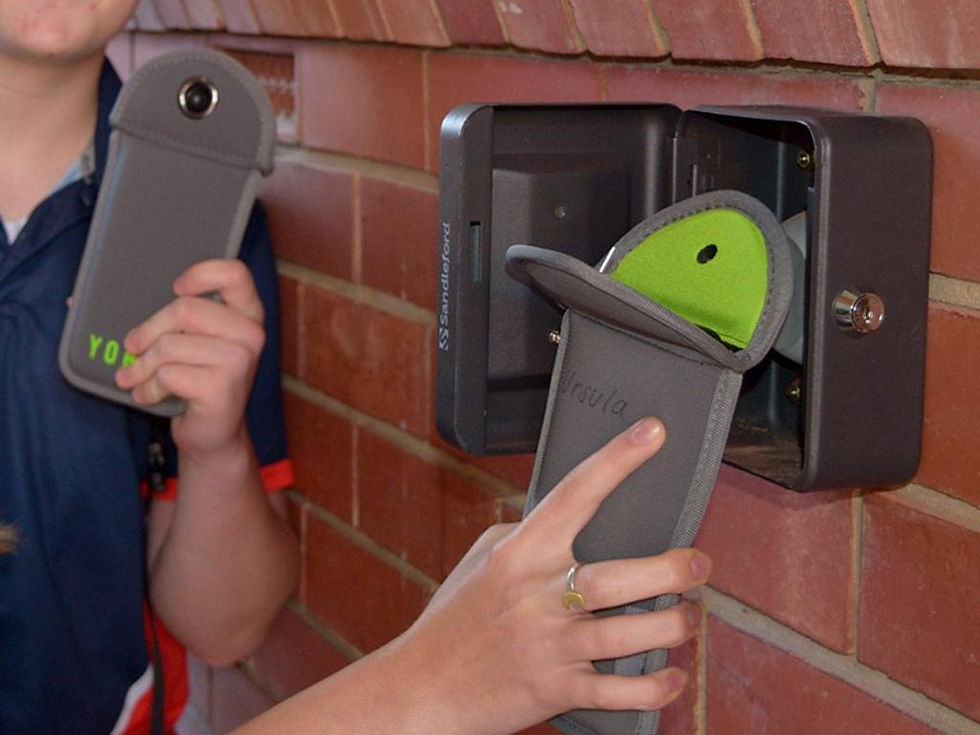Making the Switch: Zero-Emission Busing
- Chloe Mosquera

- Jul 13
- 3 min read
Updated: Jul 16

Last month, I sat in on a local school board meeting where the future of our buses was brought up. Two shiny new electric buses sat outside my school, a glimpse of cleaner air and healthier rides, but the path to a fully electric fleet is proving to be more complicated than it seems.
I’ve heard a lot about zero-emission busing, but one concern that keeps coming up is the ambitious timeline. By 2027, all new school bus purchases in New York must be zero-emission, and by 2035, the entire fleet must be converted.
The idea isn’t new, New York’s Climate Leadership and Community Protection Act, passed in 2019, laid out bold climate goals. These policies have sparked widespread conversation, including at a local board meeting I attended, where members discussed the many steps and challenges involved in achieving them.
At my school, we've already invested in two zero-emission buses, and a third is on the way. However, accommodating more than three would require remodeling the school’s parking garage. An expensive and complicated undertaking that places a heavy financial burden on the district.
So the question becomes: Are these policies truly worth it, and will they make a meaningful difference?
On one hand, diesel buses are known to negatively affect student health and academic performance. As VOX reports, “Children are especially vulnerable to being harmed by air pollution from diesel school buses, not only because their bodies are still developing but also because they can spend hours inhaling fumes on longer routes.” Diesel exposure is also linked to higher asthma rates. In contrast, electric buses do not emit harmful gases and have shown positive impacts on student health and wellbeing.
From an environmental standpoint, school buses are one of the largest contributors to transportation-related emissions. Transitioning to electric vehicles (EVs) could significantly reduce our carbon footprint. Plus, EVs are cheaper to operate in the long run. According to VOX, an electric bus costs just 14 cents per mile to operate, compared to 49 cents for a diesel bus, savings that could later be reinvested in academics, arts, or sports programs.
Still, the initial cost remains a major challenge. Electric buses can cost nearly three times more than their diesel counterparts. While there’s about $1 billion in federal and state funding available, including grants and incentives, this amount falls short of what's needed to fully convert New York’s entire fleet. What's more, that funding often doesn’t account for the infrastructure upgrades required to support these buses, which are among the largest expenses schools face.
In recent years, we saw a wave of support for clean energy and school bus electrification, particularly through the Bipartisan Infrastructure Law and the five-year, $5 billion Clean School Bus Program. However, the recent passage of the “Big Beautiful Bill” removed many clean energy tax credits. For example, buyers used to be able to claim EV purchases as tax deductions - that option is now gone.
This leaves states like New York in a tough spot: they still have EV mandates on the horizon, but they’re losing vital federal support, potentially jeopardizing the success of these programs.
So, where do I stand?
I believe electric buses are a smart and necessary move. They protect students’ health, support their academic success, and benefit the environment. But we need to be realistic, meaningful change takes time, planning, and adequate funding. While deadlines can be helpful motivators, in this case, they may be creating pressure that leads to rushed decisions, unrealistic expectations, and unequal burdens on schools.
Given the current political climate, I also worry about future federal support for green initiatives. That uncertainty could stall progress entirely.
In the end, our priority should always be supporting students. Policy change is possible, as long as it’s thoughtful, flexible, and doesn’t place a heavy burden on the very communities it’s meant to serve.
Sources:




Love it